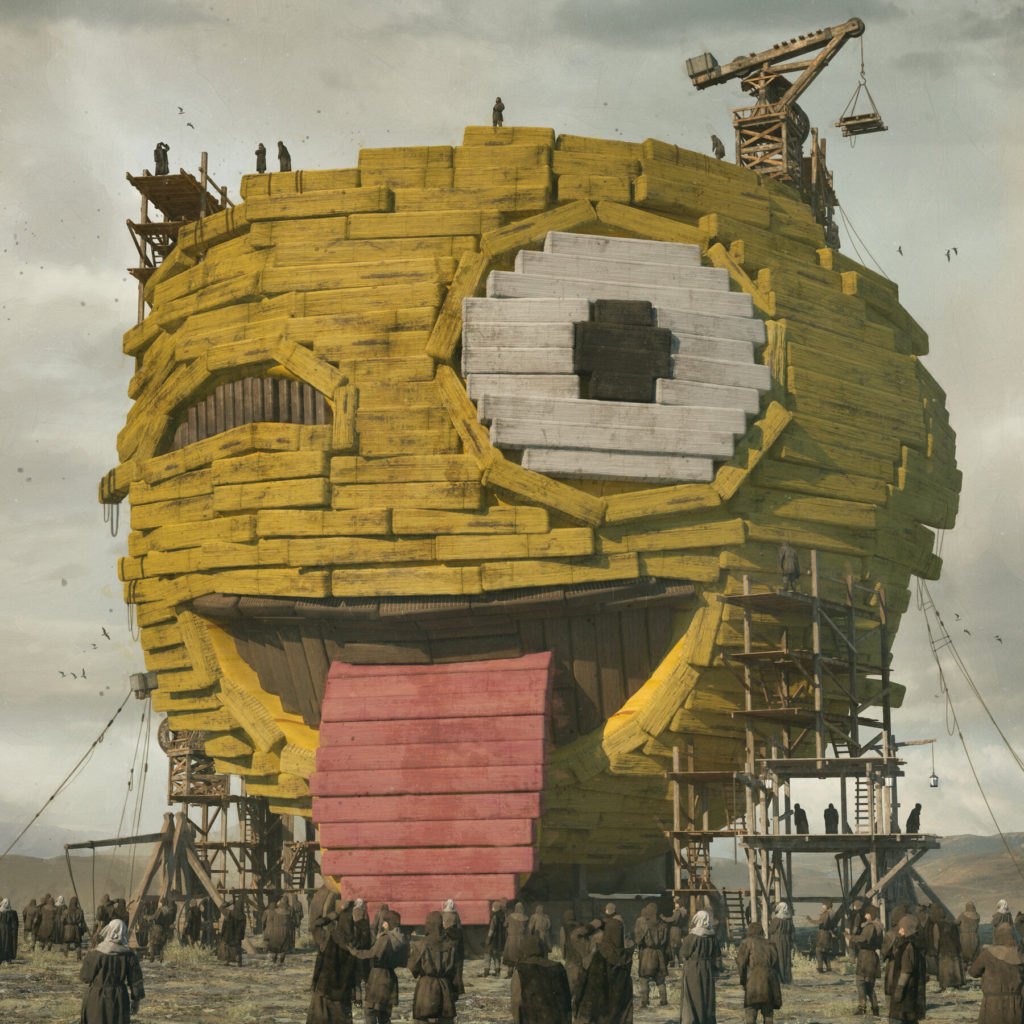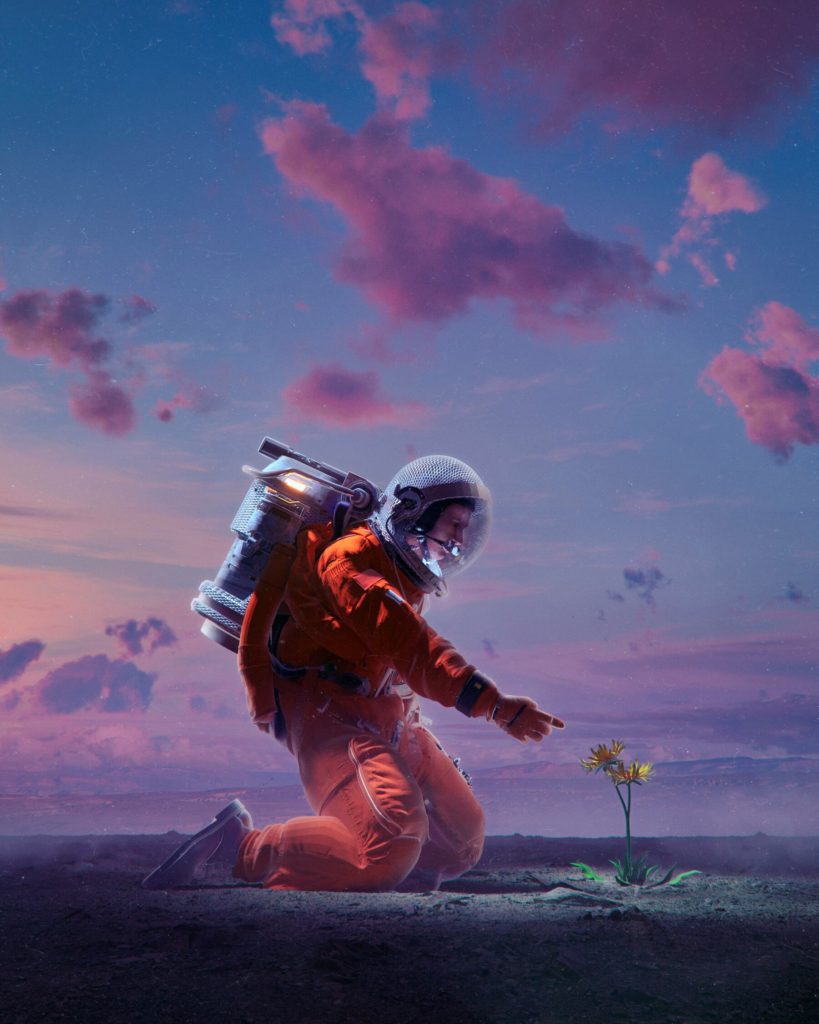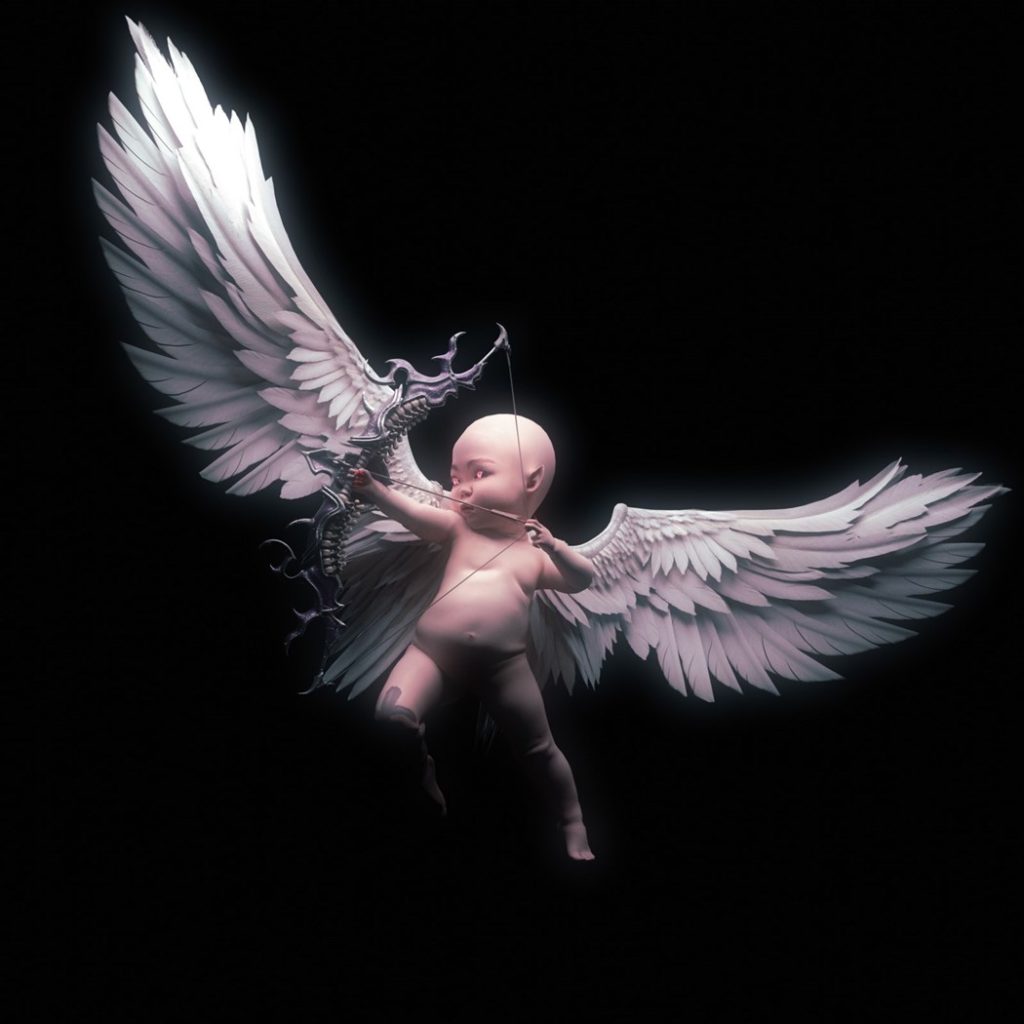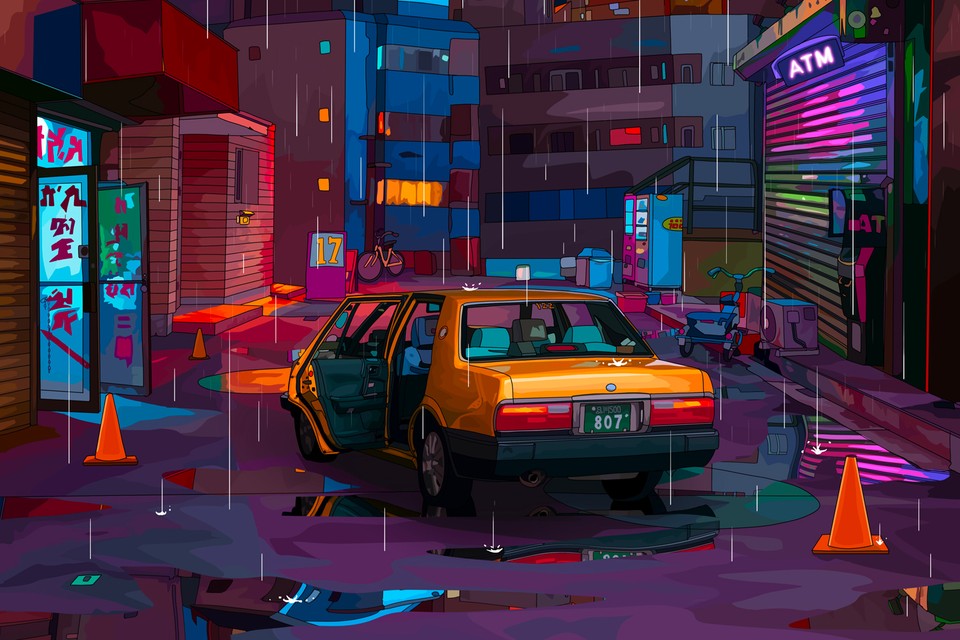
Beeple
Beeple is Mike Winkelmann, a graphic designer from Charleston USA who does a variety of digital artwork including short films, everydays and VR/AR work. He has done work for Apple, Nike, Coca-Cola, Pepsi, Samsung and many more known brands. He is known for creating comical, illusive works that makes political and social commentary while using pop culture figures as references.
Everydays – 2020 collection
Everydays the 2020 collection focuses on society’s alternating obsession and fear of technology. It showcases digital images which incorporate the old with the new and mixing natural landscapes with objects/living things which do not match and would not work together.
This collection by Beeple uses the same concept as the work we want to produce as a group, focusing on the generational change in the world and universe and the old vs new.

Everydays – The first 5000 days
Everydays the First 5000 Days is a collage by Mike Winkelman work which starts at the beginning of the project, when he was posting seen to be crude sketches and it runs through years of evolving digital shapes and sceneries up through the beginning of this year, when he was posting extremely crude political illustrations. Beeple created a new artwork every day for 13 years which then created the collection which was completed on February 21st 2021. On March 11th 2021, Everydays the first 5000 days was sold at a auction for $69 million, the auction housed named him “among the top three most valuable living artists”.

https://www.theverge.com/2021/3/11/22325054/beeple-christies-nft-sale-cost-everydays-69-million
Grimes
Grimes combines the styles of gamer fantasy, anime and manga and science fiction among other genres, she likes explores the theme of Anthropocene in her NFT’s which is used to describe the most recent period in Earth’s history when human activity started to have a significant impact on the planet’s climate and ecosystems.
WarNymph Collection
WarNymph is the Goddess of Neo-Genesis. She battles the destructive force of old fashioned ideas and systemic decay which threatens the future, she embodies the power of eternal regeneration that manifests in a shape of infinite infancy where she sheds her old skin of corruption.
WarNymph collection is a series of 10 pieces which Grimes created with her brother, Mac Boucher. Some pieces were one of a kind, others with thousands of copies went up for sale on Nifty Gateway on February 28th. The highest selling piece was a one-of-a-kind video called “Death of the Old” which involves flying cherubs, a cross, a sword, and glowing light which is set to an original song by Grimes. This was sold for $389,000.
https://niftygateway.com/collections/warnymphvolume1
The works titled “Earth” and “Mars,” are both short videos which feature their planet with a giant cherub over it holding a weapon which are also set to original music by Grimes.

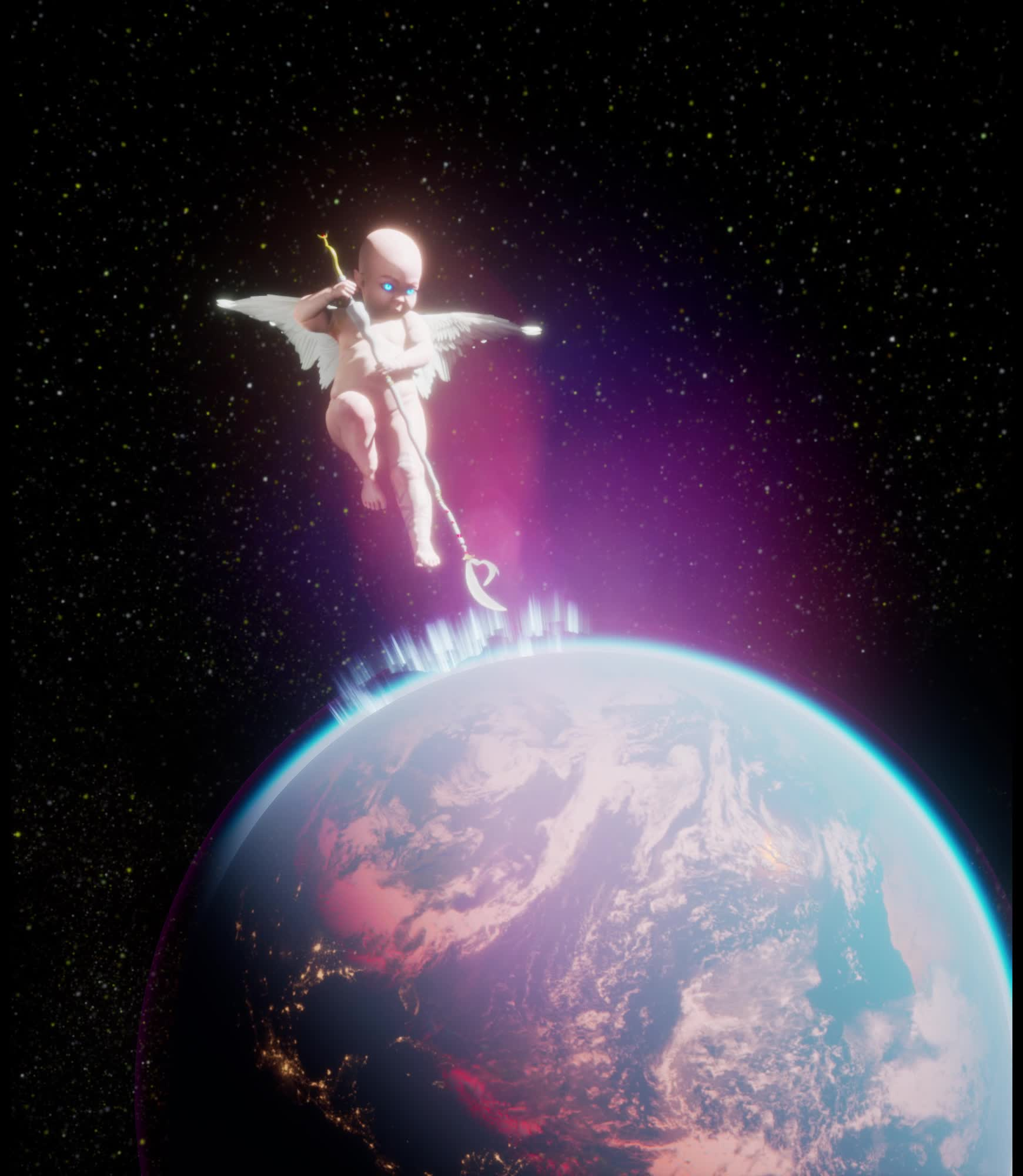

Grimes, with the WarNymph project, explores the fluidity of identity in the virtual age, exploring the ability to create, and splinter ourselves into unlimited avatars, create boundless worlds, and build rich and complex myths. She creates this by using a human form, herself and then merging a photogrammetry scan, using photos to map and take measurements and a retopologised mesh that was made into different forms to essentially create a digital version of herself.
Maddog Jones
Replicator
Maddog Jones created a NFT called replicator which made Mad Dog Jones the most expensive living Canadian artist. “Replicator is the story of a machine through time. It is a reflection on forms of past groundbreaking innovation and serves as a metaphor for modern technology’s continuum. I’m interested to see how collectors will respond as the work evolves and the NFTs in their possession continue to create new generations.” —Mad Dog Jones.
Replicator is an NFT experience consisting of seven unique generations of artworks. Generation 1, which is to be sold at auction, begins as a singular illustration of a photocopy machine in an office space in LA. This first generation NFT will produce six NFTs, one per month, with each generation being unique from those before and after it. Each future generation will produce one less artwork in its lifetime until it reaches Generation 7, which will produce no new NFTs.
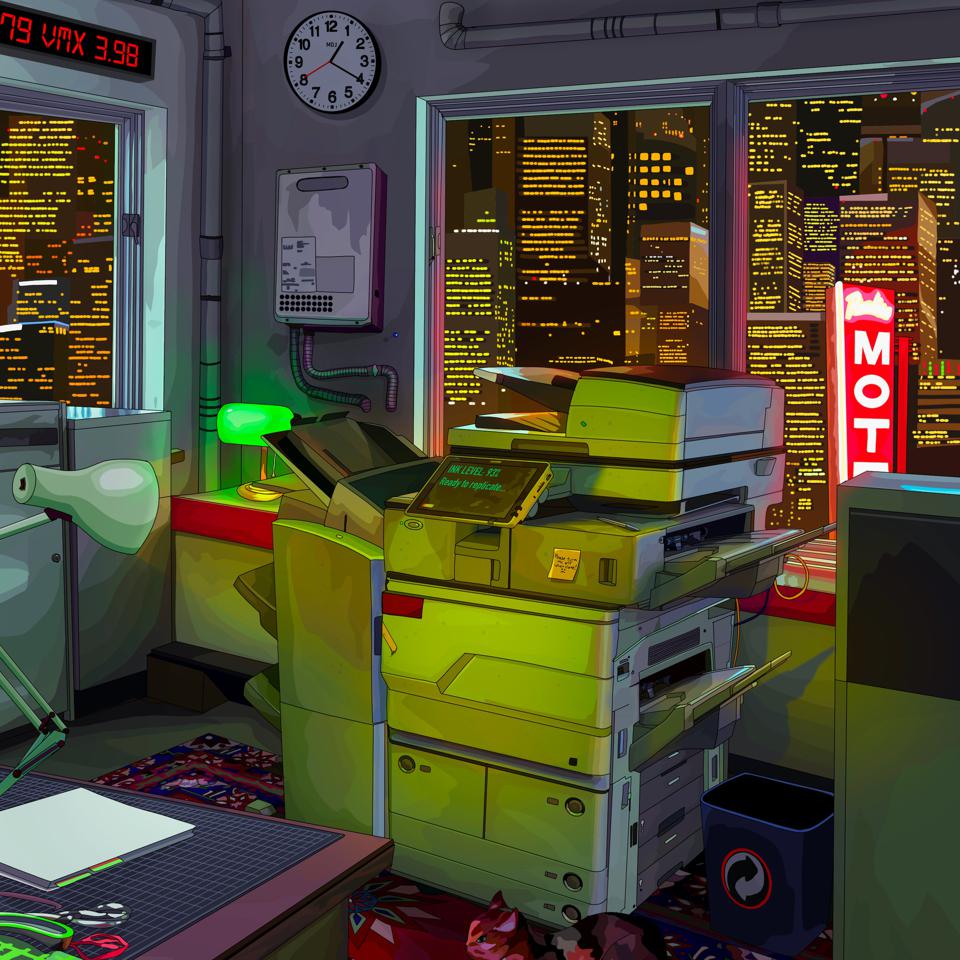
The visual component of this work, a digital image of a photocopier housed in a Los Angeles office space, is a nostalgic indicator to a once-cutting-edge technology, now on its way toward obsolescence.













